Visual sensor plays an important role in packaging machinery to improve work efficiency
This article will compare the capabilities of various sensing options and demonstrate why vision sensing has become the fastest growing field in the industrial sensor market.
The basic principle of visual sensing Photoelectric sensors contain a light-sensing element, while visual sensors have thousands of pixels that capture light from an entire image. The clarity and sophistication of an image is usually measured in terms of resolution, expressed in number of pixels. Some vision sensors provided by Banner Engineering can capture 1.3 million pixels. Therefore, the sensor can "see" a very delicate target image no matter how many meters or centimeters away from the target.
After the image is captured, the vision sensor compares it with a reference image stored in memory for analysis. For example, if the vision sensor is set to identify a machine part with eight bolts correctly inserted, the sensor knows that only seven bolts should be rejected, or that the bolts are misaligned. In addition, the visual sensor can make a decision regardless of the position of the machine component in the field of view, whether or not the component rotates within 360 degrees.
The Benefits of Vision Sensors Among the available inspection alternatives are vision systems, photoelectric sensors, manual inspections, and vision sensors. Vision sensors are often the best choice due to their accuracy, ease of use, rich functionality, and reasonable cost.
With more and more intense competition in various industries, profit margins have gradually become smaller, and manufacturers cannot afford the high scrap rate caused by defective products. Therefore, in order to detect problems before high costs are incurred, manufacturers are integrating the inspection work into the entire manufacturing process.
Visual Systems and Vision Sensors The more complex visual system is a sophisticated technology that performs detailed automated inspections. However, the complexity and high cost have hampered its application in many industries, and its price usually ranges from $5,000 to more than $50,000. These complex vision systems require one or more cameras, custom software, and a computer. They often need to hire external visual consultants to design, integrate, and install the system.
In addition, due to the special nature of such systems, they cannot be easily adapted for use. These complex systems often require continuous professional support.
Although the demand for complex vision systems still exists, the introduction of cheaper, easier-to-use vision sensors has provided cost-effective solutions for some industrial applications. In addition, because vision sensors are smaller and easier to use, manufacturers will use vision solutions more often in inspection and verification applications. Vision sensors are indispensable for improving the quality of factory automation and improving productivity.
Photoelectric Sensors and Vision Sensors Compared to photosensors, vision sensors give machine designers greater flexibility. Applications that previously required multiple photosensors can now be tested with a visual sensor. Vision sensors can examine much larger areas and achieve better target position and orientation flexibility. This has made the visual sensor widely popular in some applications that previously could only be solved by photoelectric sensors. Traditionally, these applications also require expensive accessories and precise motion control that ensures that the target object always appears in the same position and posture.
In addition, because the cost of a basic vision sensor is equivalent to only a few photoelectric sensors with more expensive accessories, the price is no longer a problem.
Vision sensors provide unmatched flexibility for application switching. For example, switching of a production process (switching from a single serving of yoghurt to an ice cream bucket) may take only a few seconds and can be done remotely. Additional inspection conditions can easily be added to this application.
Manual Inspection and Visual Sensor Comparison Regardless of the progress of factory automation, many tests are still done with the naked eye. However, in many applications, many of the advantages of visual sensors are beyond the manual inspection process. Vision sensors can operate at much higher speeds; repeat, multiple, consistent inspections are performed at much lower cost.
An expanding range of applications The low cost and ease of use of vision sensors has attracted machine designers and process engineers to integrate them into a variety of applications that have relied on manual, multiple photo sensors, or have not been tested at all. Industrial applications of vision sensors include inspection, metrology, measurement, orientation, helium detection, and delivery. The following are just a few examples of applications:
At the automobile assembly plant, check whether the bead that is applied to the door frame by the robot is continuous and has the correct width.
At the bottling plant, verify that the cap is properly sealed, that the fill level is correct, and that no foreign objects have fallen into the bottle before the cap is in the packaging line. Make sure that the correct label is affixed to the pharmaceutical packaging line at the correct location. Whether there are broken or missing tablets in the blister pack of aspirin tablets.
In the metal stamping company, stamped parts are inspected at a speed of more than 150 sheets per minute, which is 13 times faster than manual inspection.
Conclusion: This is an exciting time for visual sensors. Technologies that once required a lot of expertise are now economical and easy to use. Future product development using this technology will continue this trend. The challenge now is how to make each industry aware of all the manufacturing of visual sensors.
High Temp Roof-mounted Cabinet Air Conditioner
Outdoor Enclosure Air Conditioner are designed for Power industry,Communication industry, Chemical industry or related industrial equipment applications of high-performance ac type air conditioning unit, cabinet internal devices suitable for heat, temperature sensitive, and inside and outside completely isolated applications;
Indoor Enclosure Air Conditioner DC48V Enclosure Air Conditioner High Temp Enclosure Air Conditioner
Outdoor Enclosure Air Conditioner Roof-Mounted Enclosure Air Conditioner Energy Storage Air Conditioner
The cabinet air conditioning refrigerates the air through inside and outside two independence, and exchanges the heat inside the cabinet to the outside by the heat-exchanger. By this way, it can protect the electricity wind chest's electrical element in the controllable temperature range movement. Simultaneously the cabinet air conditioning has dehumidifies the function, which will guaranteed the cabinet interior has the ideal temperature and the humidity.
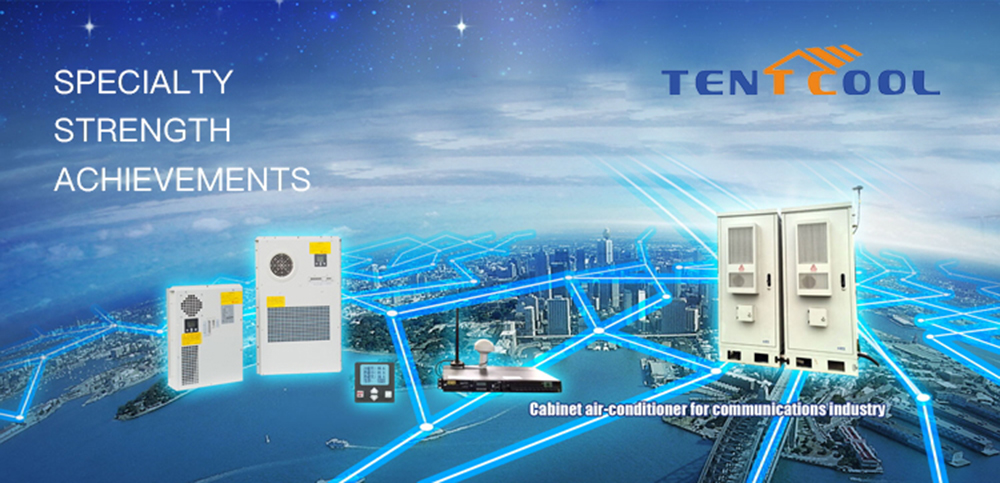
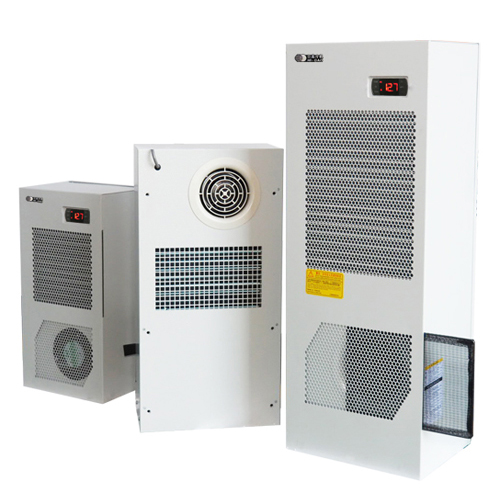
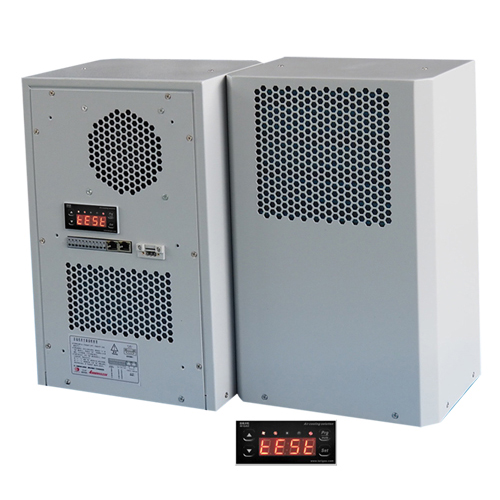
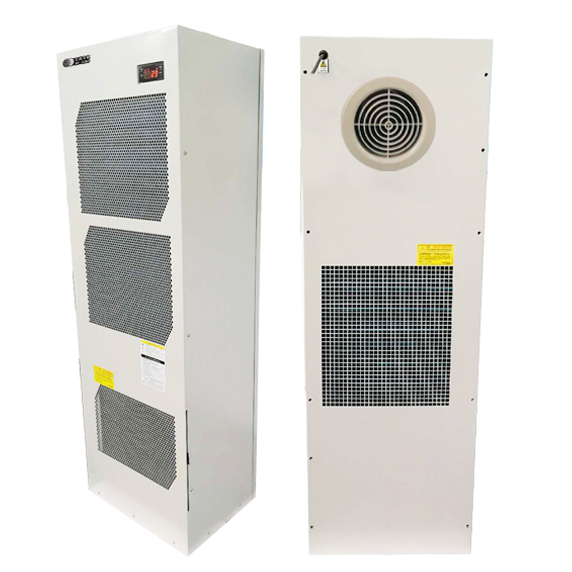
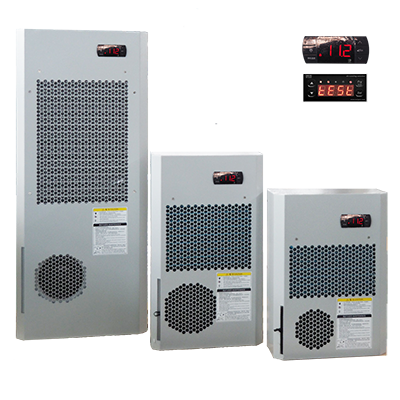
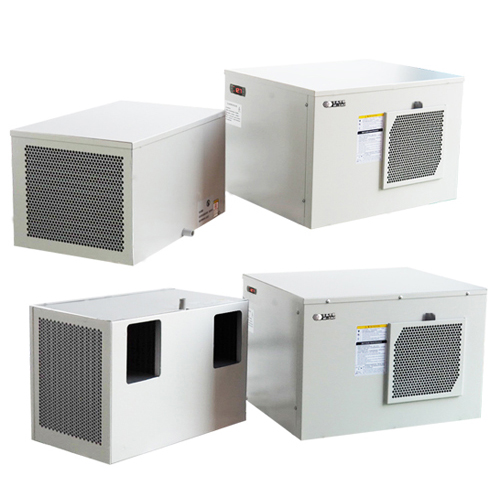
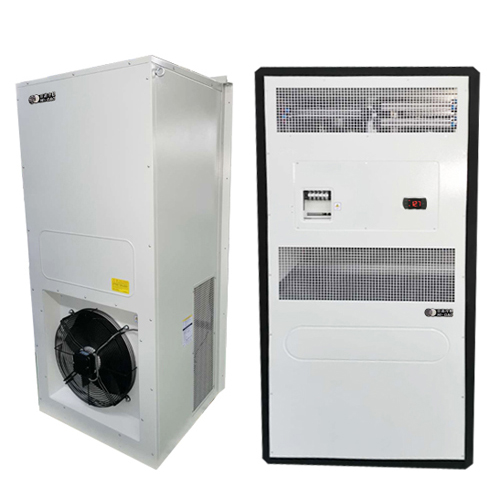
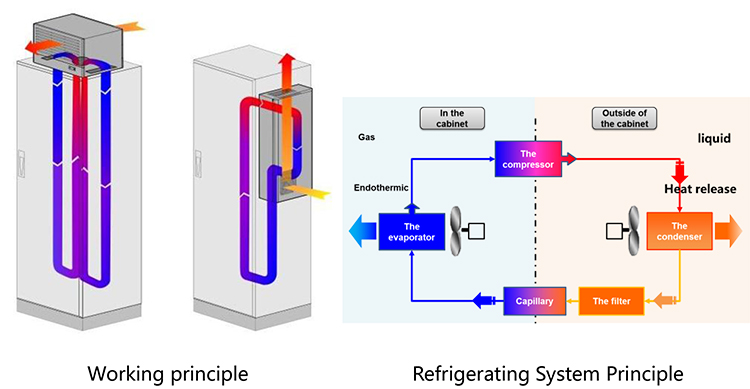

1. Equipment cabin of Mini ICT room;
2. Equipment cabin of RRU outdoor cabinet;
3. Equipment cabin of 4G and 5G base station outdoor cabinet;
4..Equipment cabin of micro station outdoor cabinet;
5. Electric power outdoor cabinet;
6. Industrial control cabinet refrigerating;
7. Laboratory dedicated refrigerating;
8. Museum, wine cellar dedicated refrigeration;
9. Solar and wind power storage container;
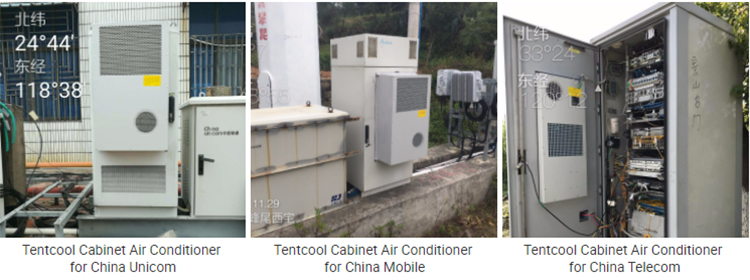
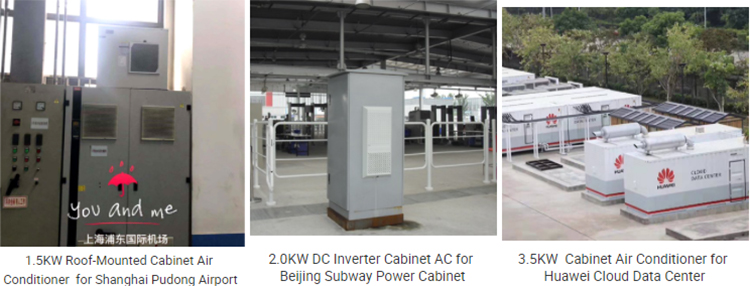
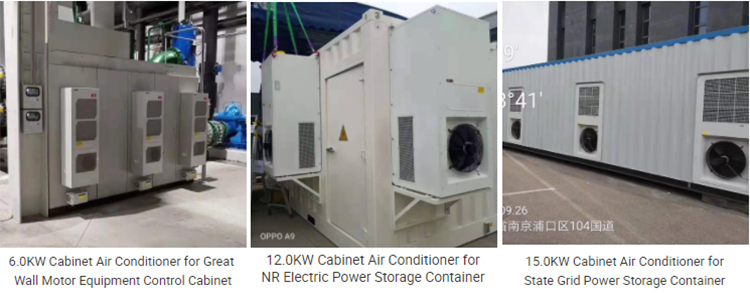
High Temp Enclosure Air Conditioner, High Temp Cabinet Air Conditioner,High Temp air conditioner, Roof-mounted Cabinet Air Conditioner
Taizhou Tentcool Electrical Appliance Co., Ltd. , https://www.tentcool.com